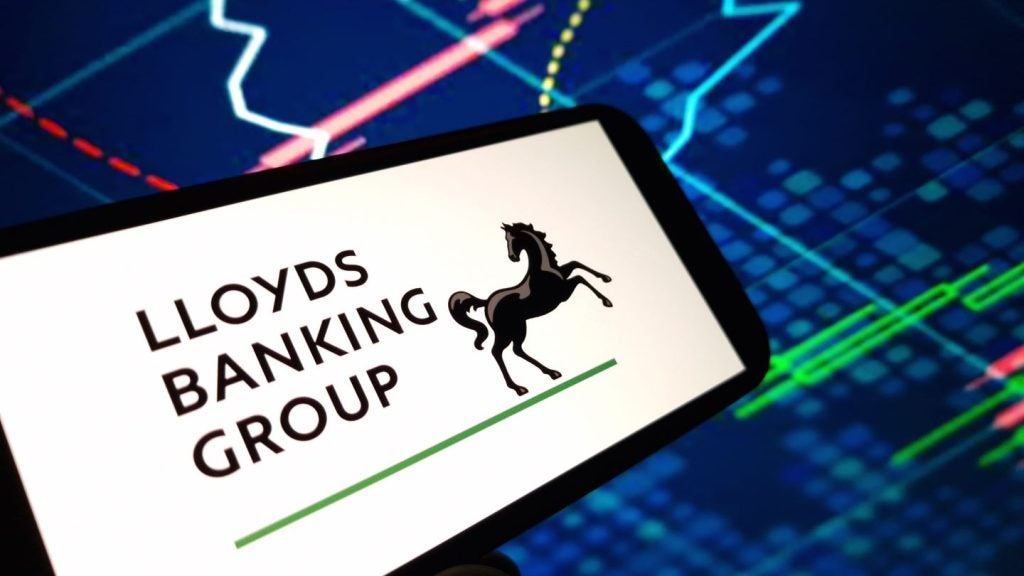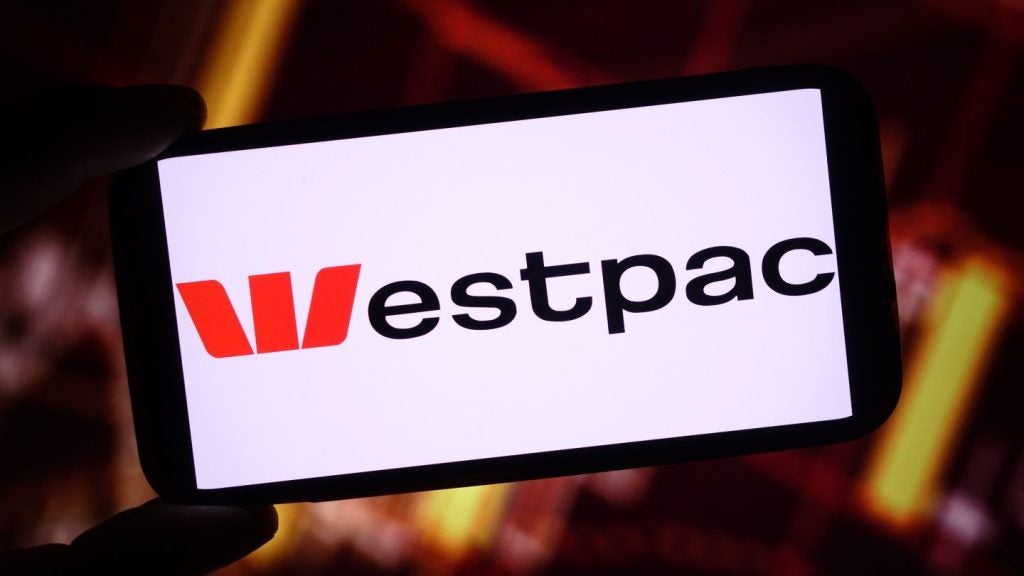For many years, little changed in the world of payments. Of course, with this £75 trillion per year industry being a vital part of the country’s economic and financial infrastructure, one might argue that this was a good thing. Anthony Duffy, Director of Retail Banking at Fujitsu, comments on these trends
Most users of payment mechanisms highlight the need for stability, reliability and certainty when it comes to transferring large volumes and amounts of money around the country and across borders. Furthermore, with banks being perceived to have a strangle-hold on the payments business – stemming from their deep customer relationships and their ownership of the infrastructure through which payment transactions were made – there was little incentive for new entrants to challenge the incumbents and provide something new.
And then the world began to change. Two great levellers emerged. Firstly, digital technologies that offer the potential to by-pass traditional barriers to entry and put an organisation in direct contact with the customer. Secondly, a changing regulatory environment, which positively encouraged new ways of doing business. Outsiders who looked at the payments industry and saw that it was ripe for change could, for the first time, have confidence that a new venture might be successful.
We have yet to see what the full effects of this technological and regulatory change will be. But we are sure that, as a result, the payment infrastructure will be permanently and irreversibly changed. So how will the journey play out?
We believe that change will, over time, pick up speed. In the first phase, new entrants recognised that the size, scale and structure of the industry presented them with huge opportunities.
They further understood that perhaps the quickest and easiest way to build successful businesses was simply to ‘piggy-back’ on the success of the banking and payments industries.

US Tariffs are shifting - will you react or anticipate?
Don’t let policy changes catch you off guard. Stay proactive with real-time data and expert analysis.
By GlobalDataThe new kids in town
Perhaps the most successful example of this approach is PayPal. Founded in 1998, by 2014 it was generating $7.9bn in revenues and provided payment services in 26 currencies and between 190 countries. Yet most customers operate their PayPal accounts using the plastic card infrastructure, developed and promoted by banks, using cards to debit and credit funds at either end of the payments process. This did not constitute a revolution, more a pragmatic response.
Other new products also took an existing bank product – in each case, the payment terminal provided to merchants for accepting payments – and improved it. By miniaturising the payment terminal and targeting it at traders and retailers who previously thought that their payment profiles did not justify accepting plastic card payments, they were able to create a new market for their offerings. GoCardless has also done something similar, spotting an opportunity with the existing direct debits infrastructure and building a wrapper for bank transfers that allows individuals and businesses to access the direct debit network, but at a price that never exceeds £2. Even Apple Pay, launched in Britain in July 2015, simply leverages the pre-existing and widespread use of bank-provided plastic cards and contactless payment technologies. Details of the chosen payment card are captured by Apple Pay, so when the mobile phone is swiped across a payment terminal, it is this information which is used to complete the transaction.
Reacting to developments
So, how are the banks and payment companies responding to the challenge? Pretty well, we believe. In what we see as the second phase of change, they recognise that new entrants could pose a serious threat. By creaming off transactions and their associated charges and fees, new entrants could reduce transaction volumes for the established players while leaving them with all the costs associated with running the underlying systems.
Perhaps spurred on by the emergence of new competition, perhaps in response to the growing demands of their customer bases, the banking industry has invested heavily in its own payments franchises.
Perhaps the innovation with the greatest day-to-day impact to date lies in the Faster Payments initiative, the only UK payment system which is available 24 hours per day, every day, and now handles 100 million payments per month. Not far behind, in terms of monthly transaction numbers, lies contactless transactions, launched in 2008 and which is currently growing at more than 40% per year. The industry has also launched PayM, which allows users to link a mobile ‘phone number to a bank account and then send and receive payments using just the ‘phone. And then there are the myriad of trials, pilots and launches of new payment mechanisms that individual banks and payment companies have undertaken, such as wearable devices, MasterCard’s trial of biometric-enabled plastic cards and Barclay’s launch of Pingit.
Bill Gates, co-founder of Microsoft, said earlier this year that "we need banking but we don’t need banks anymore". We expect the third phase of change to be focussed around new entrants challenging the banks head-to-head – assisted by changes in regulation, including the creation of the Payments System Regulator (PSR), which has been expressly set the task of bringing change to the industry, injecting innovation and prioritising the interests of systems users.
But the banking and payments industry is very canny. It knows that it does not have to respond immediately to every new entrant that emerges. It has market presence, public confidence and time on its side. It can take its time, watch how things develop and (perhaps only) when threatened, make its move. This is evident in the way that many established players have also looked for, and found, ways to work with selected new entrants, as evidenced by the heavy TV and poster advertising for Apple Pay that the UK has seen in recent months. In what may be the fourth phase of change, the industry is demonstrating that, where it can benefit both parties, it can be better to cooperate. Just avoiding a competitive battle, in the emerging digital world, might be significantly value enhancing.
Change is clearly afoot. The payments industry is set to become a more crowded marketplace. But it’s evident that new entrants alone are not driving innovation – indeed, given the size and complexity of the UK payments industry, the level of innovation emanating from established providers over recent years is truly impressive. While it’s not yet clear who the winners and losers will be, it is evident that the payments world won’t be reverting to how it used to be. Although we have seen dramatic change in recent years, this is only the beginning. This particular road will be long indeed.







